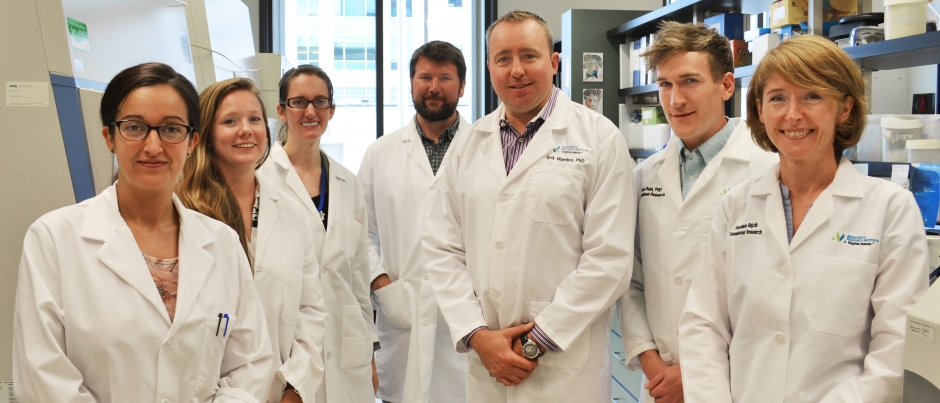Back in February 2012, Dr Erik Wambre and his team at the Benaroya Research Institute in Seattle published their research findings in the Journal of Allergy and Clinical Immunology (JACI). They identified five surface markers for immune system T-cells that were involved in allergic disease but were virtually absent in non-allergic individuals and named the T-cells with these markers the TH2A subset.

Their research indicated that TH2A cells differ from normal T-cells in that they lack a certain protein called CD27 and express two other proteins associated with allergic responses: CRTH2 and CD161.
The TH2A cells were identified in six common and diverse allergies including peanut, grass pollen, mold, cat dander, tree pollen and dust mites.
Continuing their research, the team studied blood samples of individuals with seasonal allergies to grass pollen and determined that TH2A rose and fell with allergy season and the accompanying symptoms.
They also studied blood samples of individuals undergoing immunotherapy for peanut allergy and found that as those patients gained tolerance for peanut, their TH2A level dropped accordingly.
The implications are enormous. This is the first time weve had a way to accurately measure the allergy process and assess whether therapies are working, Wambre says.
The discovery may lead to tests that more accurately determine the presence and severity of an allergy and could someday eliminate the need for food challenges, whereby an individual is exposed to a potentially dangerous allergen to determine whether they are allergic.
Best of all, the discovery could lead to new therapies and a cure. This could make allergy research much more directed, since scientists can now focus on the specific cells involved in generating allergies, says James R Baker, Jr, CEO and Chief Medical Officer of Food allergy Research and Education (FARE), which funds research on new allergy therapies. Were hopeful that studying TH2A cells will quickly improve our understanding of how allergies develop, and lead to therapeutic approaches to block allergies. This would improve the lives of allergy sufferers tremendously.
FARE awarded Wambre a Mid-Career Investigator Award in 2015. The award provides $150,000 annually for up to five years to provide candidates with support for intensive research experiences to acquire new capabilities that are within the FARE research mission.
- TH2A Cells As a Unique TH2 Cell Subset in Allergic Individuals: Steps Toward a T Cell Biomarker For Allergy – JACI
- BENAROYA RESEARCH INSTITUTE SCIENTISTS DISCOVER CELL THAT APPEARS TO BE INVOLVED IN ALL ALLERGIES, OPENING DOOR TO NEW ERA OF ALLERGY AND ASTHMA RESEARCH – Benroya Press Release
- Food Allergy Research & Education Announces Recipients of2015 FARE Investigator in Food Allergy Awards – FARE






